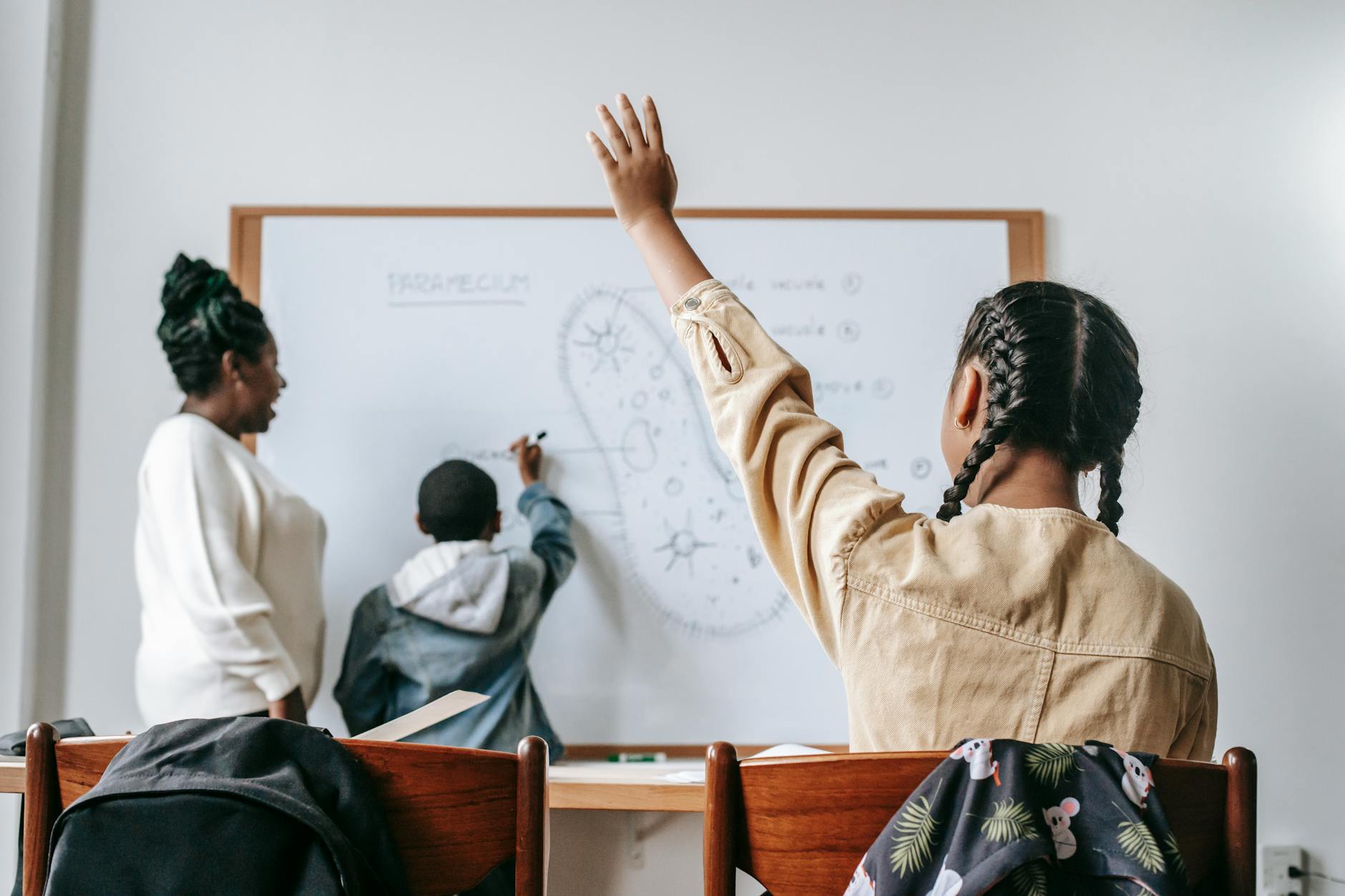How Australia’s Natural Landscapes Shape Creative Learning in Children

Influence of Natural Landscapes
Exploring Diverse Environments
As an early learning facilitator, the remarkable benefits of incorporating natural landscapes into children's learning experiences cannot be overstated. My experience reveals that introducing young minds to a variety of environments encourages exploration and wonder, key components of childhood development. Kings Park, with its impressive range of flora and fauna, serves as a practical example of how diverse settings contribute to a well-rounded environmental education for children. Exploring such diverse settings often piques the curiosity of young learners, fostering their innate ability to question and understand the world around them.
Impact on Cognitive Growth
Natural landscapes don't only inspire awe; they play a crucial role in cognitive development. Research indicates that exposure to different landscapes enhances problem-solving skills and boosts creativity. It's fascinating to observe how outdoor explorations, akin to those near Cottesloe Beach, engage children's minds actively, thereby promoting aged care courses that focus on cognitive health as they transition into adulthood. These experiences lay the groundwork for more advanced cognitive functions that will serve them throughout life.
Role in Emotional Learning
Emotional learning thrives in natural settings, providing children with opportunities to express themselves and understand their feelings deeply. Environments like those in Kings Park inspire a sense of calm and well-being, imperative in emotional regulation. By integrating these elements into early education, we pave the way for empathy, cooperation, and resilience. This holistic approach mirrors the objectives of aged care online courses, which emphasize emotional intelligence across lifespan development.
Outdoor Learning Benefits
Enhancing Creative Thinking
Incorporating outdoor learning into educational programs can significantly boost creative thinking in children. Nature presents an endless array of stimuli, from the vibrant colours of flowers to the differing textures of leaves and rocks. These elements encourage children to think outside the box. Engaging in educational activities at locations like Cottesloe Beach, where scenes change with the tides, allows children to explore and express ideas uniquely while enhancing their problem-solving skills.
Building Social Skills
One key advantage of outdoor settings is the promotion of social interaction among children. Activities that require teamwork—like gardening or constructing play structures—foster collaboration and communication skills. Children learn the importance of listening and taking turns, which are fundamental social skills. These practical experiences align with values that an owner with a diploma in early childhood education would prioritise when developing a well-rounded program for young learners.
Encouraging Physical Activity
When children are outside, the opportunities for physical activity multiply. The natural landscape is ideal for activities like running, climbing, and jumping, all of which enhance motor skills and physical health. Besides providing opportunities for energetic play, open spaces encourage children to set and achieve new physical goals. For those interested in expanding service offerings to include more comprehensive programs, understanding these benefits aligns well with qualifications like a cert 3 in individual support.
Designing Effective Programs
Aligning with Curriculum Goals
As an early learning facilitator, designing effective programs means marrying educational objectives with practical experiences like child care courses. Integrating such goals ensures children gain valuable skills while keeping the joy of learning alive. Start by deeply understanding the regulatory curriculum requirements and aligning them with activities that inspire curiosity and exploration. This means incorporating diverse, play-based learning experiences that engage various senses, like exploring textures, sounds, and colours through interactive play.
Incorporating Local Features
Incorporating local features creates a rich tapestry of learning that connects children to their community. For instance, leveraging resources like Kings Park's educational programs can provide hands-on learning opportunities in nature, fostering children's environmental awareness. Craft activities inspired by local landmarks not only teach cultural heritage but also nurture a sense of belonging and identity among the youngsters. Using local stories and folklore can add layers of understanding and keep the connection with the community vibrant.
Safety Considerations
Safety is paramount in program design, especially when activities venture outdoors or involve new environments. Developing a comprehensive risk assessment plan ensures children's safety without compromising on the exploratory value of the program. This involves regular equipment checks, understanding weather impacts, and ensuring adequate supervision ratios. Incorporating community services courses into your preparation can provide additional insights into maintaining a secure and nurturing environment for children. The right balance of creative activities coupled with strong safety protocols ensures that children can explore fearlessly and learn effectively.
Overcoming Challenges
Navigating Regulatory Needs
Navigating the landscape of compliance can be quite the challenge for childcare educators. Staying updated on the latest regulations ensures not only the safety of children but also the seamless operation of educational facilities. For educators like myself, regular participation in seminars and workshops is essential. These not only keep us informed but also allow us to share experiences, especially when discussing integrating certifications like the diploma of community services into existing frameworks. Understanding regulatory requirements helps in aligning our educational strategies with the legal standards, ultimately ensuring that our environments are both secure and conducive to learning.
Balancing Outdoor and Indoor
Finding a balanced approach between outdoor and indoor activities can significantly enhance a child’s learning experience. On sunny days, activities at places like Cottesloe Beach can complement indoor lessons by offering sensory exploration and creativity in a natural setting. It’s crucial to plan lessons that seamlessly move from inside to outside, creating a dynamic flow that keeps children engaged and excited. This integrated method nurtures not only cognitive but also physical development, proving beneficial for their overall growth.
Ensuring Resource Availability
Ensuring that resources are available and appropriately allocated is another challenge faced by educators. Whether it’s allocating budget for new educational tools or obtaining materials for innovative classroom activities, strategic planning is key. As programme facilitators, we must regularly assess our needs, ensuring that each part of our curriculum is equipped to offer the best learning experiences. By laying a sturdy ground for resource management, we create an enriching learning landscape for our young learners.
Best Practices
Continuous Professional Development
Equipping educators with ongoing training is pivotal for fostering a dynamic learning environment. Regular workshops, such as those offered at the Art Gallery of Western Australia, provide valuable opportunities to explore innovative teaching methods. These sessions encourage educators to embrace creative and adaptable approaches, enhancing their ability to engage young minds. In addition, participating in learning programs at locations like King's Park can help educators gain insights into incorporating nature-inspired activities into the curriculum, thereby enriching students' experiences.
Community Engagement Strategies
Engaging the community is essential in building a supportive educational ecosystem. Working with local organisations can provide resources and collaborative opportunities that enhance learning outcomes. Activities like community clean-up days at Cottesloe Beach not only instill environmental stewardship in children but also foster a sense of belonging and civic responsibility. Furthermore, involving families in school initiatives strengthens the relationship between home and educational settings, creating a unified support system for children's growth.
Successful Case Examples
Learning from successful programs can serve as a blueprint for achieving educational excellence. For instance, the integration of nature-based play in Perth’s early childhood centres has demonstrated significant improvements in children's academic performance. By adopting a variety of outdoor lessons that reflect our environment, we inspire children to develop a deeper understanding and appreciation for the world around them. Sharing these stories within the community and through educational seminars can encourage others to implement similar enriching experiences, ensuring our children reach their full potential.


